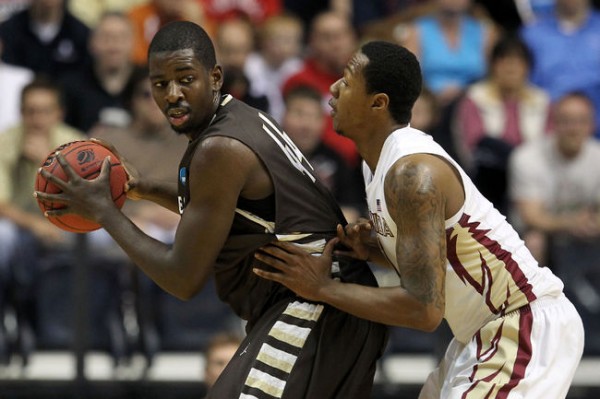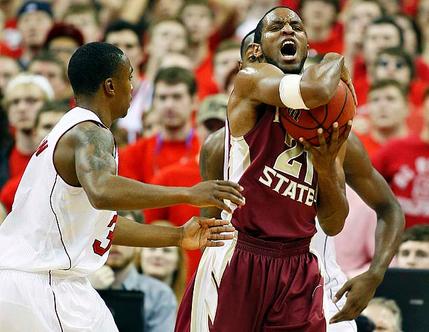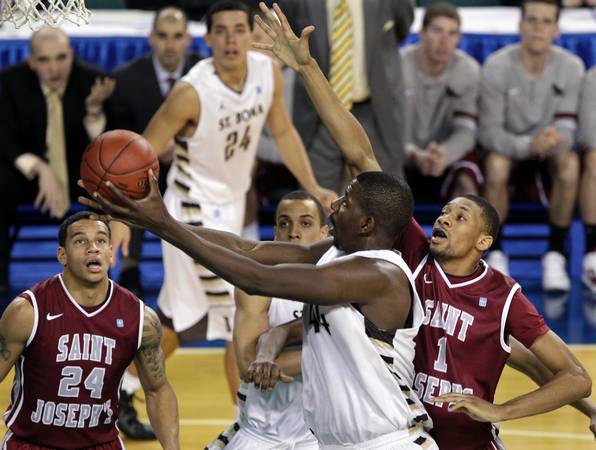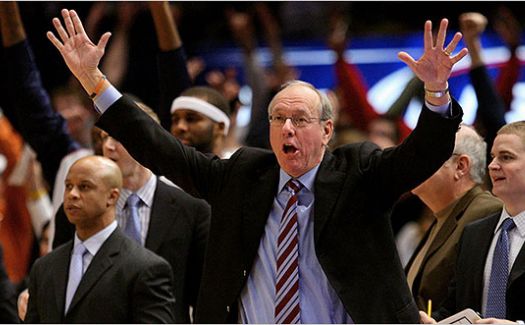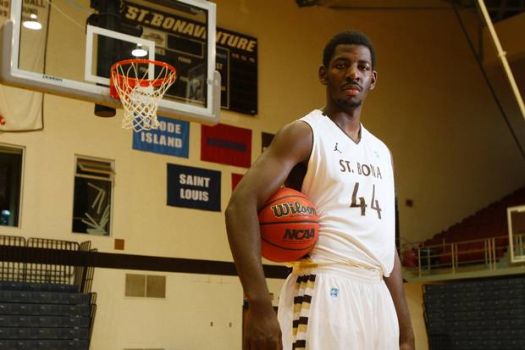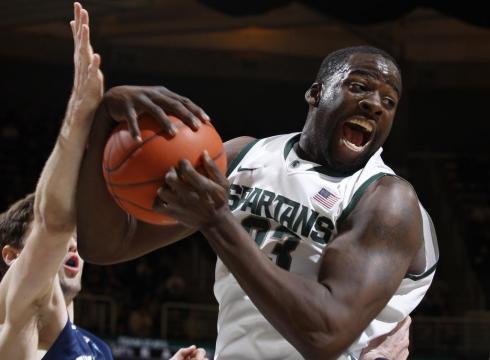What Can We Learn From NBA Draft Combine Measurements?
Posted by EJacoby on June 11th, 2012The top 60 prospects for the upcoming NBA Draft were invited to Chicago for the official NBA Draft Combine late last week, where players seek to impress the loads of pro scouts and executives in attendance in preparation for June 28. Before players even began competing in drills and scrimmages, they were first tested by the ‘tape’ in an extensive set of measurements. This year’s numbers were released on Friday, which include everything from height and weight to hand width and horizontal wingspan. But do these physical measurements really mean anything? Does the fact that Michael Kidd-Gilchrist measured a half-inch shorter than expected, or Jae Crowder’s hands are some of the widest of the group, have an impact on that player’s chances to succeed in the league? Adjusting to the elite size and speed of NBA competition is important for all incoming prospects, but a ball player is a ball player, regardless of his standing reach or hand size. History shows that some Combine measurements become useful in predicting future success while others bear no weight at all, making it a difficult data set to analyze.
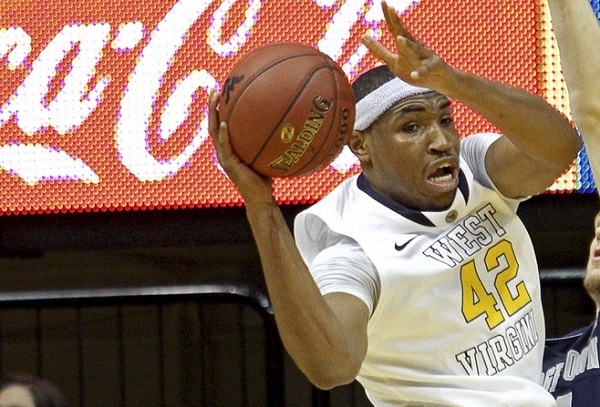
Kevin Jones didn't measure out well at the Combine; does this mean anything for his NBA potential? (AP Photo/D. Smith)
This year’s athletic testing results (bench press, agility drill, vertical jump, etc.) are not yet released, so we’ll just take a look at the player measurements and what they mean. Some notable numbers from this year include Meyers Leonard’s massive height without shoes (6’11.75”), Andre Drummond’s ridiculous wingspan (7’6.25”), John Henson’s skyscraping standing reach (9’3.5”), Kevin Jones’ excessive body fat (11.2%), and Andrew Nicholson’s enormous hands (10” long, 10.75” wide). But didn’t we already know these things? We knew that Drummond was a freakish physical specimen, and Henson’s intrigue as a prospect stems from his elite length. We know Leonard is huge and Jones doesn’t look like much of an athlete. But that becomes the dilemma – should scouts put more stock in Kevin Jones’ physical measurements, or his versatile skill set that’s been on display at West Virginia for four years? The hard part is determining to what extent, if any, a player’s body will impact his ability to contribute in the NBA.






























